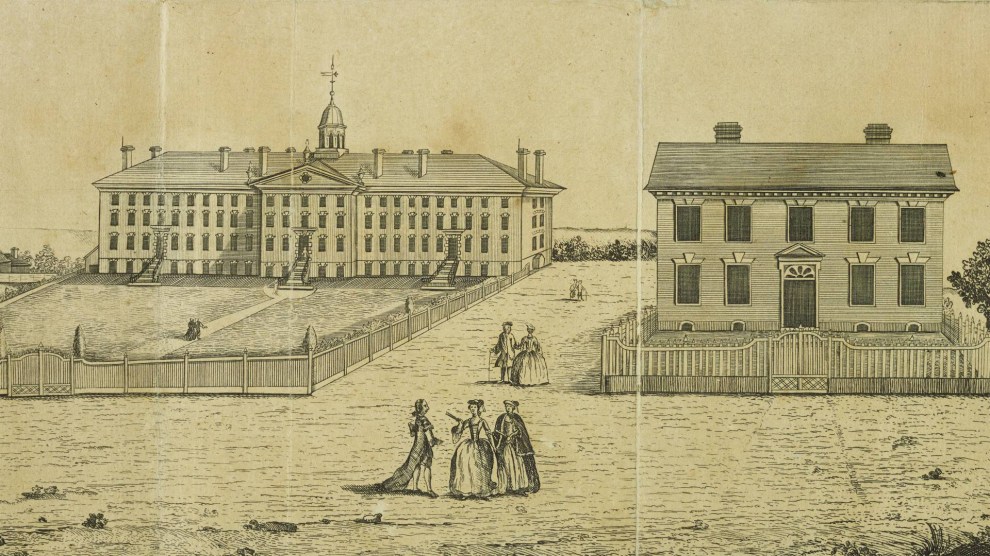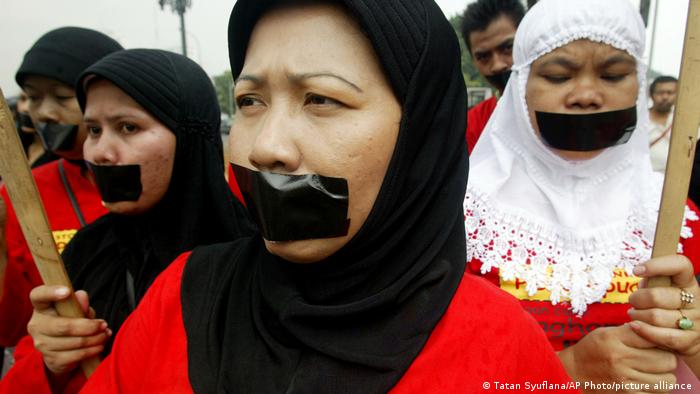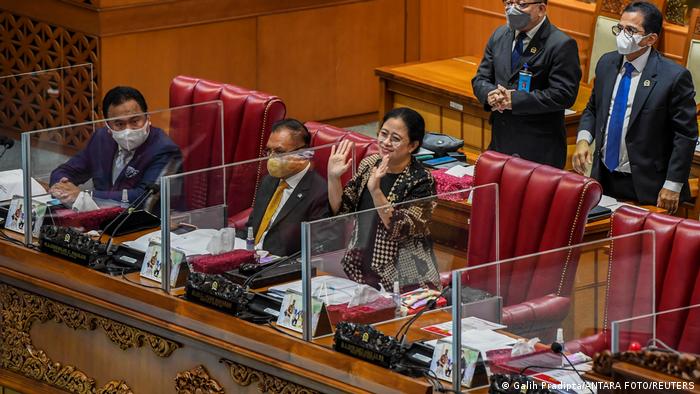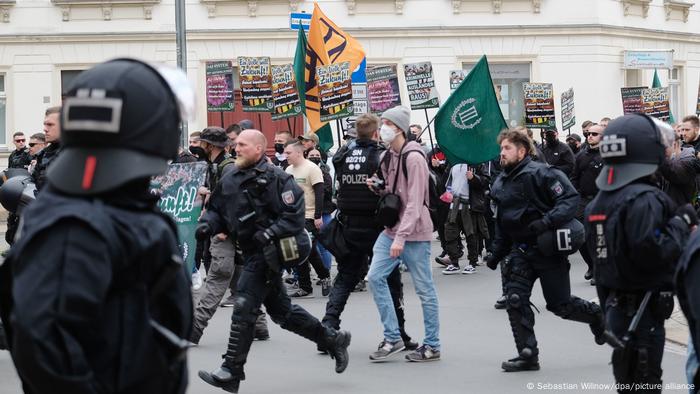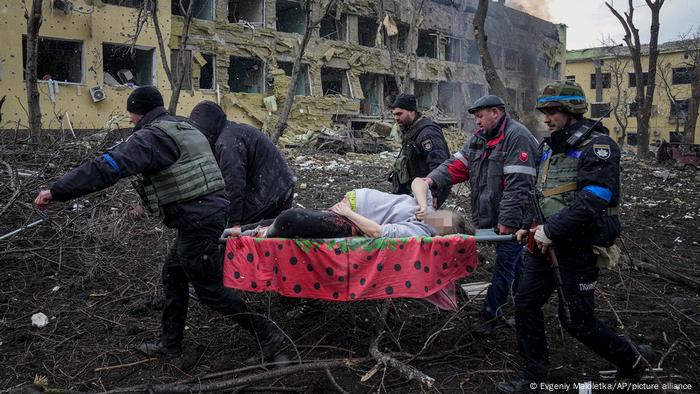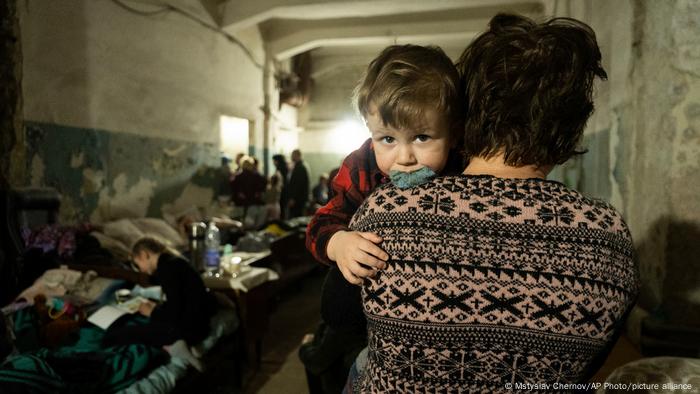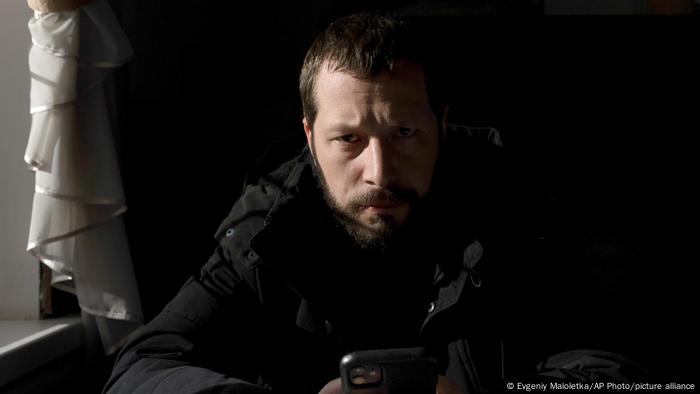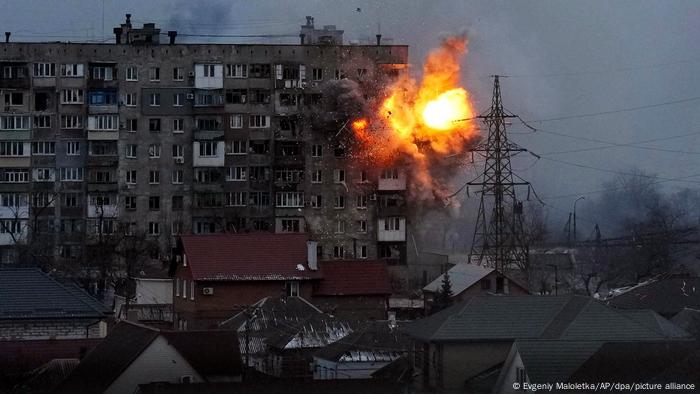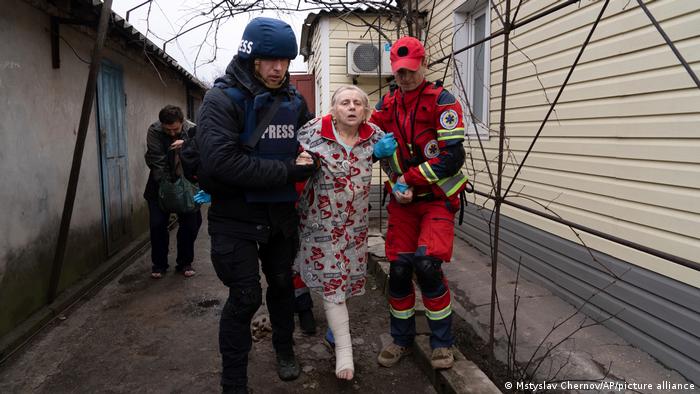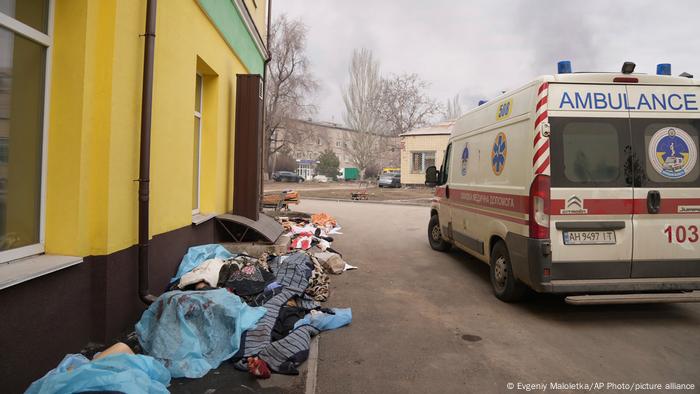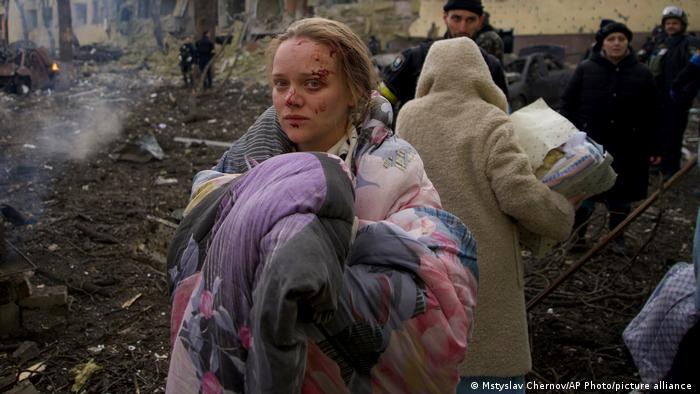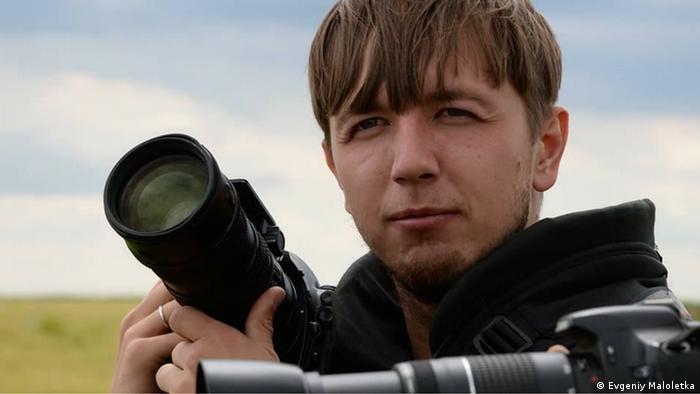Russia Ukraine war: 'Ghost of Kyiv' fighter pilot was a 'super-hero' hoax, Ukrainian air force finally admits
/cloudfront-ap-southeast-2.images.arcpublishing.com/nzme/TCRGDBPKAXI73SHWL4XCCOKA7I.png)
The ghost of Kyiv was a 'superhero-legend' created around Major Stepan Tarabalka. Photo / Twitter
The mysterious "Ghost of Kyiv", a Ukrainian fighter pilot who reportedly shot down dozens of Russian aircrafts, is a myth the Ukraine air force has finally admitted.
The supposed pilot's death was reported by media including The Times of London, who identified the "Ghost of Kyiv" as Major Stepan Tarabalka, a 29-year-old father-of-one.
Tarabalka had been hailed a hero and is credited with taking out as many as 40 Russian aircraft.
However the Ukraine air force has now conceded the hero pilot was a myth.
"The ghost of Kyiv is a superhero-legend, whose character was created by Ukrainians!" Ukraine's Air Force Command wrote on Facebook overnight, killing off the rumour.
The air force confirmed that "Tarabalka is not 'Ghost of Kiev', and had not shot down 40 planes, instead claiming the ghost character was "a collective image of pilots of the Air Force's 40th tactical aviation brigade, who defend the sky over the capital".
He was reportedly shot down on March 13. The Times of London had said he was killed while battling an "overwhelming" number of enemy forces.
Tarabalka has been posthumously awarded Ukraine's top medal for bravery in combat, the Order of the Golden Star, with the title Hero of Ukraine.
The legend of the Ghost of Kyiv became known when the Ukrainian government had publicly credited the then-anonymous pilot with shooting down six Russian jets on the first day of the war.
"People call him the Ghost of Kyiv. And rightly so," the official tweet said, saying he had "already become a nightmare for invading Russian aircraft".
Ukraine's General Staff later tweeted another picture of the ace fighter pilot in the cockpit of his MiG-29 jet with his face covered, captioned, "Hello, occupier, I'm coming for your soul!"
His identity remained a mystery this entire time, seemingly even to his family, when told of their loved one's death last month.
"We know he was flying on a mission. And he completed the mission, his task. Then he didn't return. That's all the information we have," his dad, Evon Tarabalka, said in an interview with the NPR soon after the pilot's death.
According to his parents, Tarabalka's lifelong dream was to become a fighter pilot, after growing up next to a military airfield in the village of Korolivka.
"Since early childhood, he always dreamed of the sky, about flying higher than the clouds," his mother Nahtalia told NPR through a translator.
"He would always watch the paratroopers in their air exercises. And he would run in their direction to try to see where they landed," she added.
The ‘Ghost of Kyiv’ was never alive, Ukrainian air force says
By Lateshia Beachum
Yesterday 
A T-shirt features the “Ghost of Kyiv,” a symbol of Ukraine’s defense against Russia’s invasion. (Leon Neal/Getty Images)
The “Ghost of Kyiv.”
That’s what admirers called a Ukrainian fighter pilot who was said to have shot down 40 enemy planes. Over the weekend, Ukrainian officials admitted that the ghost, in fact, never existed.
“Ghost of Kyiv is a superhero-legend whose character was created by Ukrainians,” Ukraine’s air force said Saturday, confirming that it was all a bit of mythmaking.
The news came two days after the Times of London identified the ghost as Maj. Stepan Tarabalka, a pilot who died March 13 in an air battle with Russian forces.
The Ghost of Kyiv is one of the most successful pieces of propaganda promoting the prowess of the nation’s fighting forces and lifting morale. Although Ukrainian officials and former president Petro Poroshenko promoted the myth, the air force warned people to not “neglect the basic rules of information hygiene” and to “check the sources of information, before spreading it.”
Ukraine and Russia have been spreading propaganda during the war, with Ukraine focusing on hearts and minds internally and throughout the West. Government officials in the invaded country share day-to-day events, operations and victories on Twitter, Telegram and Facebook. Social media platforms have been struggling to keep up with fast-spreading, dubious information, engaging in fact-checking that sometimes goes beyond their own policies or contradicts them, The Washington Post has reported.
As Russia’s invasion of Ukraine nears 2½ months of bloodshed, the nations’ fabricated messages don’t have the same weight, propaganda scholars told The Post.
The Ukrainian air force said on Instagram that images of the ghost on social media are “a collective image of the pilots of the 40th Tactical Aviation Brigade of Air Force, which protects the sky of the capital,” and that “they suddenly appear where they are not expected.”
That didn’t stop the myth from being promoted and capitalized upon.
Ukrainian model manufacturer ICM Plastic Model Kits used the ghost to promote its products and warned Russians against commenting on its post about the ace pilot shooting down 30 “planes of the invaders.”
Days into the war, the Security Service of Ukraine claimed that the ghost had shot down 10 enemy planes, protecting Ukrainians. Facebook has since flagged the post as false.
With he aviation mystery now debunked, it’s unclear why Ukrainian leaders decided to confess that the beloved pilot was falsely promoted as a real person.
Adam G. Klein, associate professor of communication studies at Pace University’s New York City campus, said it’s important to realize that Ukrainian soldiers and citizens are fighting a Russian military eight times larger.
“Perhaps [Ukrainian leaders] wanted to acknowledge the identity and bravery of the actual fighter pilot who was believed to be the Ghost of Kyiv and was recently killed in battle,” he said, addressing the reason behind the reveal. “Perhaps the legend they created was no longer needed. But I suspect that at some point it becomes more valuable to remind these Ukrainian fighters that this feat is not the work of myth or superheroes, but rather the reality of actual Ukrainian fighters who have defended their skies together.”
It’s also possible that officials might have received criticism for continuing the charade and wanted to make things clear, said Samuel C. Woolley, assistant professor at the University of Texas at Austin’s school of journalism and school of information. And, he said, the use of propaganda isn’t always as sinister as the emotions the word evokes.
Woolley noted that the word “propaganda” has been stretched to be nearly unrecognizable from when the Catholic Church used the method to spread the religion in the New World, to a more modern-day use that includes denunciation of political opponents.
“The technical meaning is politically biased information that’s spread with intent to influence public opinion or societal action,” he said. “Propaganda is neither a good or bad thing. Yes, it’s used for control, but the question is: Are Ukrainians using it in this circumstance to bring the country together as it’s being attacked by an authoritarian regime?”
The Ghost of Kyiv probably was an encouraging figure akin to Rosie the Riveter of World War II or Uncle Sam, Woolley said, characters created to sway the public to support war and to summon feelings of patriotism.
“The comparison is an attempt to boost morale among countries fighting a despotic leader versus, on the Russian side, a despot attempting to use it to control media and to instill fear in his own populace to get done the things he needs to get done,” he said.
Ukraine admits ‘Ghost of Kyiv’ fighter pilot is a myth
By ARIJETA LAJK
On social media, the “Ghost of Kyiv” was a military hero, an ace fighter pilot hailed for supposedly shooting down multiple Russian planes. The tales began just days into the war and circulated for months, bolstered by official Ukrainian accounts.
But on Saturday, Ukrainian authorities admitted that the legendary pilot was a myth.
“The Ghost of Kyiv is a super-hero legend whose character was created by Ukrainians!” Ukraine’s air force said in Ukrainian on Facebook.
The statement came after multiple media outlets published stories wrongly identifying Major Stepan Tarabalka as the man behind the moniker. Tarabalka was a real pilot who died on March 13 during air combat and was posthumously awarded the title Hero of Ukraine, Ukraine’s air force said last month.
But he was not the Ghost of Kyiv, the force said in Saturday’s statement.
“The information about the death of the The Ghost of #Kyiv is incorrect,” Ukraine’s air force wrote in a separate post Saturday on Twitter. “The #GhostOfKyiv is alive, it embodies the collective spirit of the highly qualified pilots of the Tactical Aviation Brigade who are successfully defending #Kyiv and the region.”
The legend emerged just a day after Russia invaded Ukraine on Feb. 24, as social media users began to spread claims, without evidence, of an anonymous fighter pilot who had single-handedly taken down multiple Russian planes.
Memes, unrelated photos, and even footage from a flight simulator video game circulated on social media, claiming to show the Ghost of Kyiv during combat.
On Feb. 25, former Ukrainian President Petro Poroshenko tweeted a photo that Ukraine’s Ministry of Defense had shared three years earlier, falsely claiming it showed the Ghost of Kyiv who had taken down six Russian pilots.
Two days later, Ukraine’s official Twitter account shared a video including the same picture, along with footage of fighter jets in combat, set to pulsating music, with the caption: “People call him the Ghost of Kyiv. And rightly so — this UAF ace dominates the skies over our capital and country, and has already become a nightmare for invading Russian aircrafts.”
That same day, Ukraine’s Security Service, the SBU, shared the same old photo on Telegram — but now claiming he had shot down 10 occupying planes.
By the time news outlets, including the Times of London, falsely identified the pilot as Tarabalka on Friday, reports had increased the ghost’s toll to 40 planes. The Times later updated its story to reflect the air force’s new position on the Ghost of Kyiv.
SEE https://plawiuk.blogspot.com/2022/03/fact-and-mythmaking-blend-in-ukraines.html

